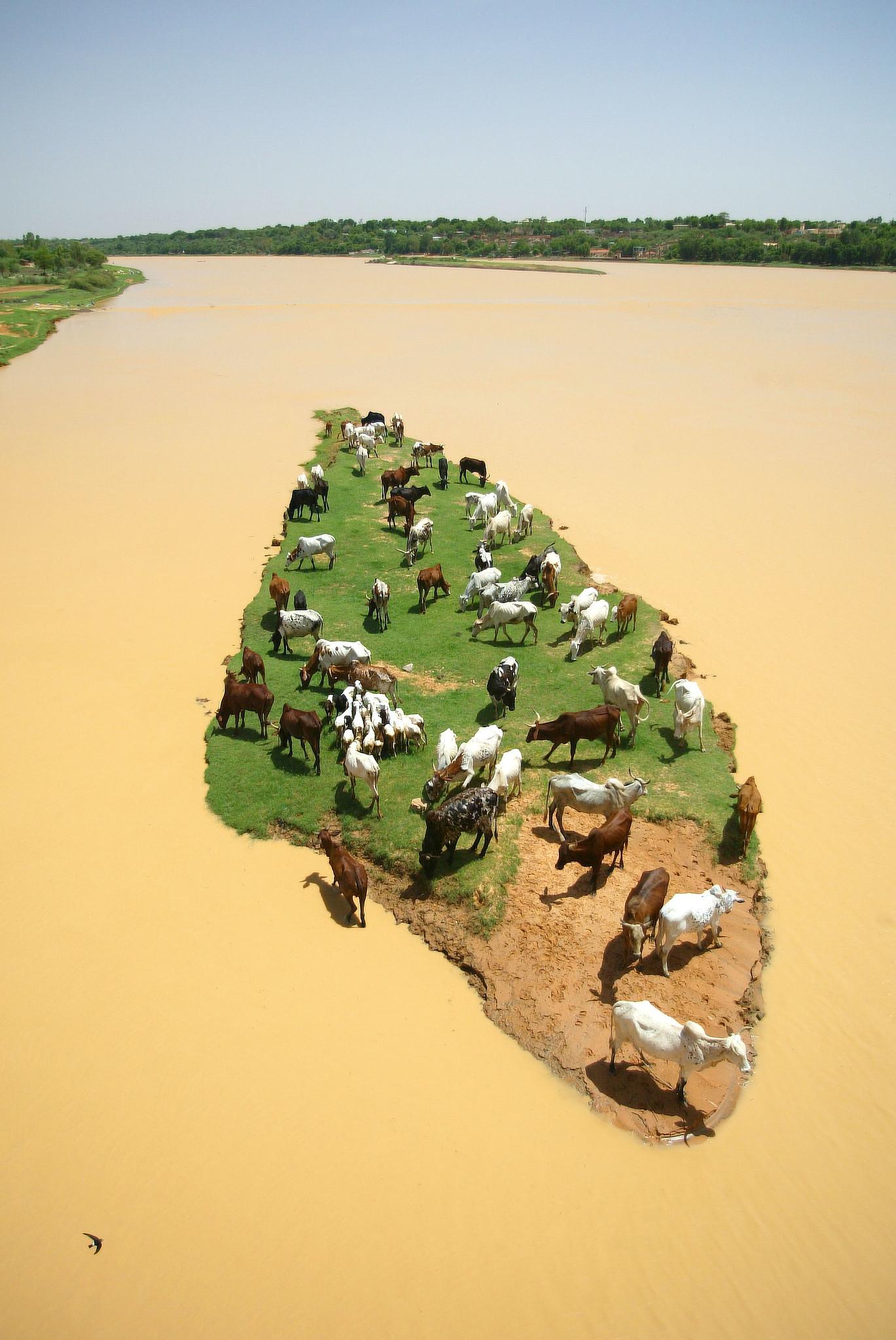
How are livestock and the environment connected?
Context matters; properly tailored for specific communities and environments, livestock practices serve both.
Core message
Livestock affect the environment in several ways, including climate change, water and land use, nutrient recycling and biodiversity.
Small- to-medium-scale livestock production systems continue to play key roles in the ‘circular’, ‘bio-based’ economy, which reduces waste by reusing raw materials. Farm animals, for example, help to cycle nutrients and enrich soils with their manure and make good use of crop wastes and agricultural by-products in their feed. New livestock production practices tailored for specific developing-country communities and contexts can further maximize the many synergies naturally occurring among livestock, crop agriculture and the environment.
While the public debates the role of livestock—cattle, goats, sheep and other ruminant animals in particular—in contributing to climate change through their production of greenhouse gases, we know from experimental studies that improving the productivity of developing-country livestock can significantly reduce greenhouse gas emissions intensity, thereby reducing the amount of gas emitted per kilogram of meat or litre of milk.
The following are just a few research examples of the wide range of livestock-related interventions that have been shown to benefit the environment.
A livestock project in pastoral areas of Ethiopia empowered livestock communities to improve both their management of grasslands and their livestock feeding while also conserving soil and water. The soils of their more productive grasslands sequestered greater amounts of carbon and the aggregate amount of greenhouse gas emissions produced by their herds was reduced. A related project in northern Kenya to increase pastoral livestock productivity by improving livestock feeding and herder access to livestock markets led to greater offtake of livestock at prime age for sale. The increased offtake reduced over-stocking and herd sizes, which in turn lowered greenhouse gas emissions in this community by 10%.
Use of small-scale biogas plants on smallholder dairy farms in India not only reduced greenhouse gas emissions from livestock manure but also protected nearby forest resources by obviating the need of farmers to cut down trees for firewood. And in heavily grazed communal rangelands, the use of ‘exclosures’—areas fenced to exclude browsing animals—has helped to restore degraded lands.
Download a report with this and other evidence of ‘why livestock matter’

